What is a CAN Bus?
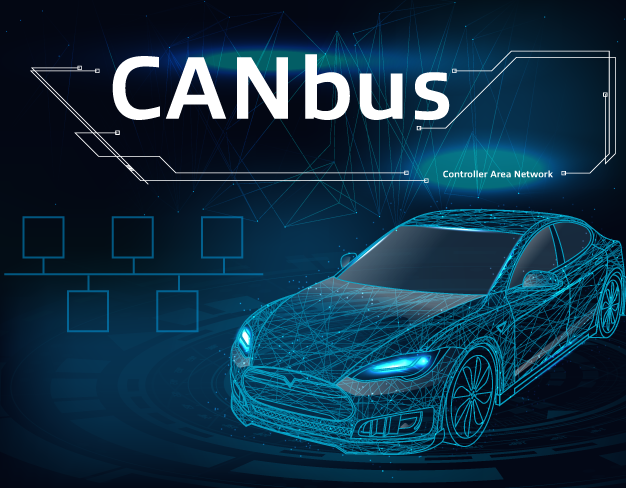
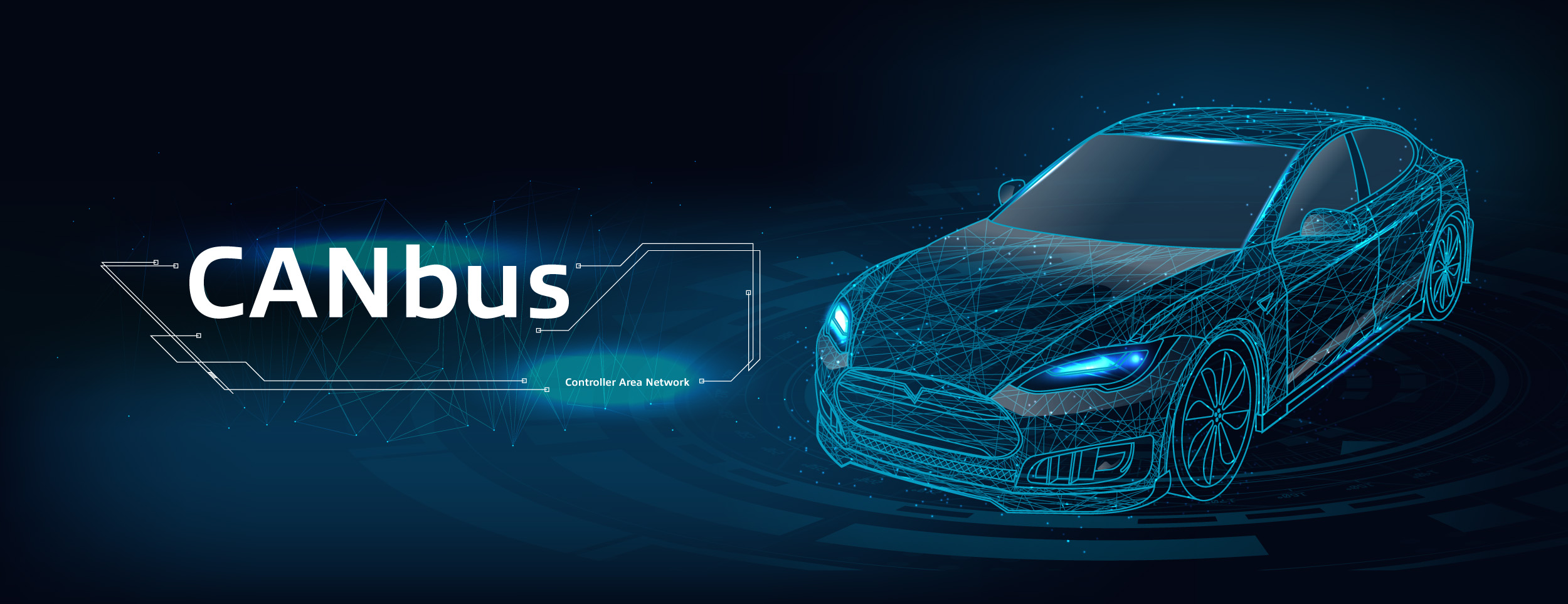
CAN bus (Controller Area Network) is a serial communication data system used in vehicles and other devices. If that sounds like jargon, think of a car as a human body, with the CAN bus acting as the nervous system, facilitating communication between different parts of the body. In machines, this communication occurs between various nodes known as ECUs (Electronic Control Units). Picture these nodes as joints in the human body. Since there’s not just one node, the CAN bus interlinks them, enabling information sharing and utilization.
Why Was the CAN Bus Created, and Who Invented It?
The history of the CAN bus dates back to the 20th century when it was developed by the German company Bosch. Its purpose was to meet the growing communication needs of automotive electronic systems. At the time, the automotive industry faced an increase in electronic system complexity, leading to more wires inside vehicles, thereby increasing cost and weight. These electronic systems required a reliable and efficient communication method to connect various ECUs, but traditional point-to-point wiring could no longer meet such complex needs.
The introduction of the CAN bus quickly became an industry standard, and in 1993 it was recognized by the International Organization for Standardization (ISO) under ISO1189. Over time, CAN bus technology has continuously advanced, improving both performance and flexibility. This invention not only solved the communication problem in automotive systems but also proved the reliability and flexibility of the CAN bus through its diverse applications. Bosch thereby demonstrated exceptional innovation and market leadership, maintaining a leading position in automotive electronics and communication technology.
What Are the Advantages of the CAN Bus?
The advantages of the CAN bus are mainly fivefold:
- Simplicity and Low Cost: Simplifies wiring complexity. ECUs communicate through a single CAN bus, reducing transmission errors, vehicle weight, wiring, and costs.
- High Usability: Provides a "single point of entry" to communicate with all network ECUs, enabling central diagnostics, data logging, and configuration.
- Robustness: The system is resistant to current and electromagnetic interference—ideal for safety applications (e.g., vehicles).
- High Efficiency: When multiple nodes transmit data simultaneously, prioritization through IDs ensures critical information is processed first.
- High Integration Capability: CAN bus is not limited to automotive applications; it can also be used in industrial control, robotics, agricultural machinery, aerospace, public transportation, medical instruments, military industry, regional monitoring, automation systems, and aquaculture industries.

Advantages Combined with Trends
Today, the CAN bus leverages its advantages to expand its applications alongside emerging trends. For example, in the case of E-bikes, which have become popular in recent years, various manufacturers have launched electric vehicles to capture the market.
Electric vehicles require extensive electronic technology and software, necessitating a mature communication system to efficiently connect different electronic systems (such as battery management systems, drive systems, display screens, sensors, etc.).
The CAN bus not only provides stable connections but also offers efficient data feedback functions, effectively monitoring and diagnosing each electronic system to promptly identify and resolve issues. Additionally, it enables intelligent user interface functions like remote monitoring and ride data analysis, enhancing user experience. Furthermore, smart anti-theft and vehicle positioning features can also be controlled through the CAN bus. The application of CAN bus in E-bikes not only enhances vehicle performance and reliability but also introduces smarter and more convenient features, laying the foundation for E-bike integrated systems.
In summary, the emergence of the CAN bus not only solved the complexity of automotive electronic systems but also promoted the integration and efficient communication of various electronic systems, meeting the diverse needs of the market and users.
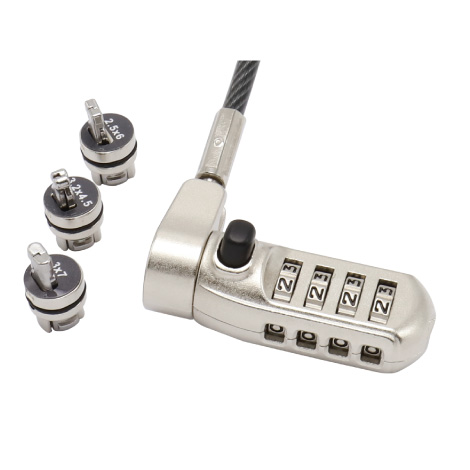


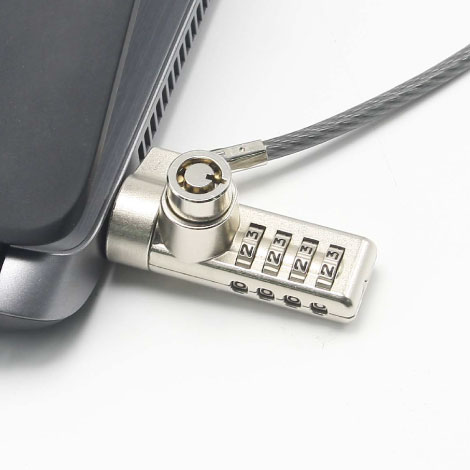
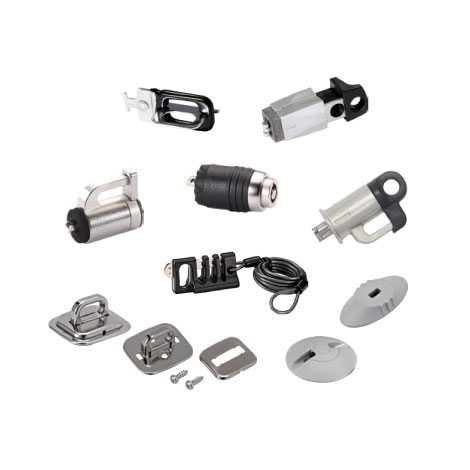


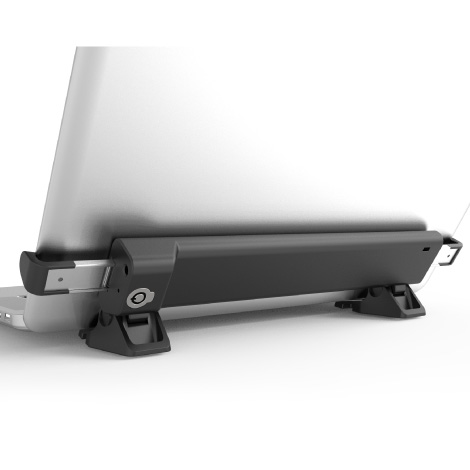




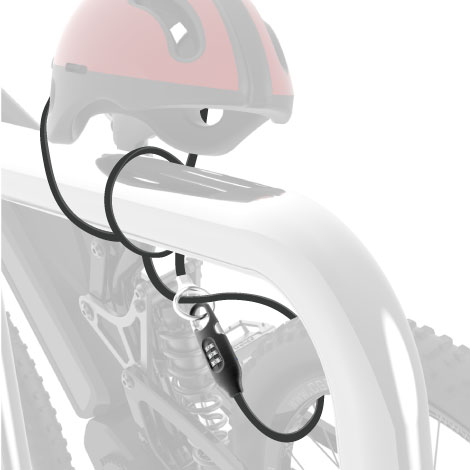

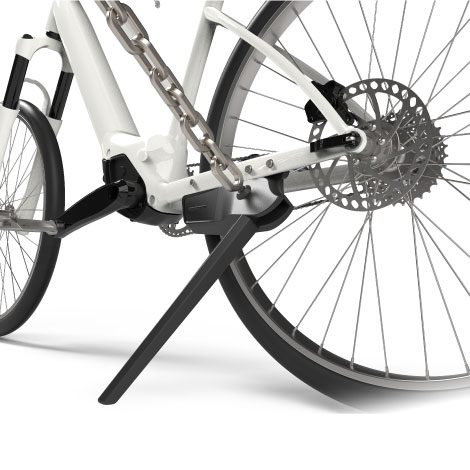
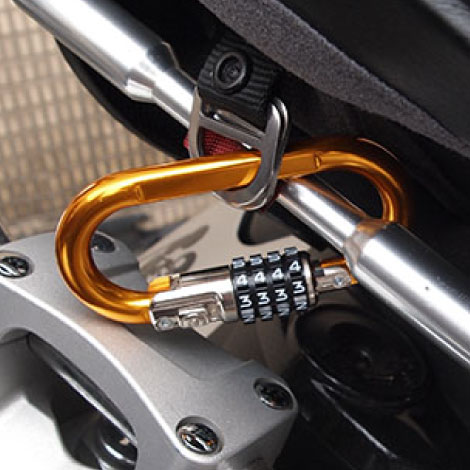

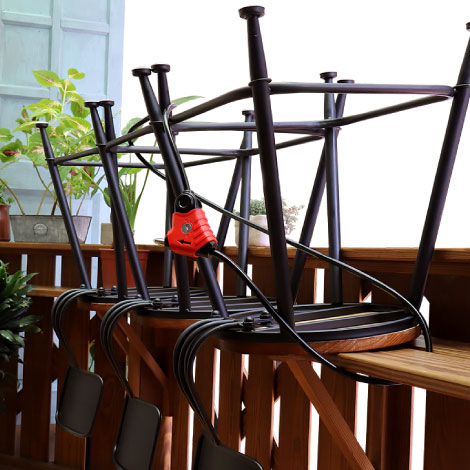
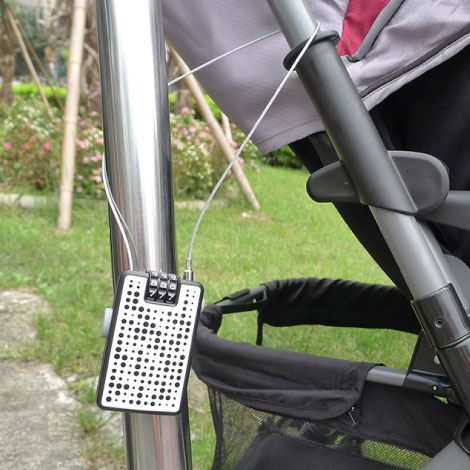




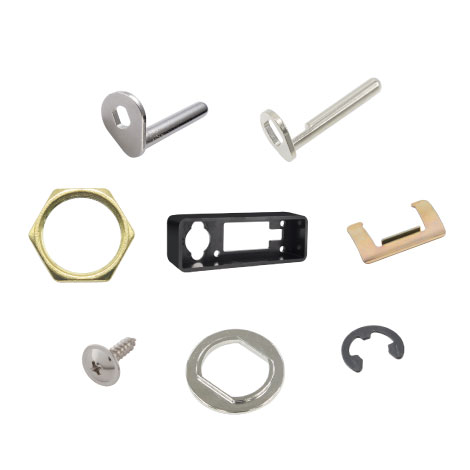






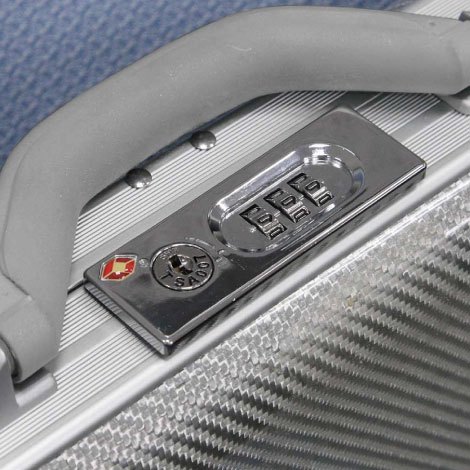
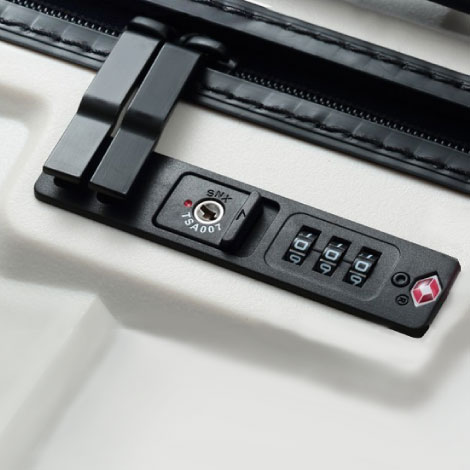

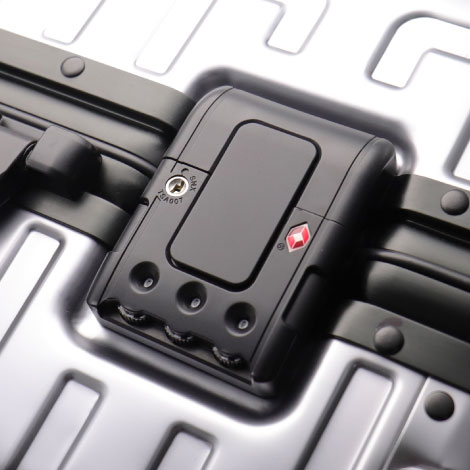


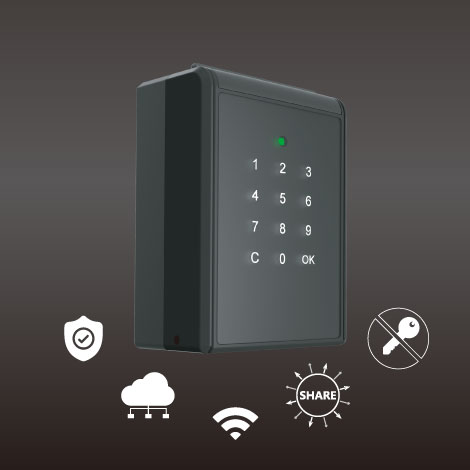
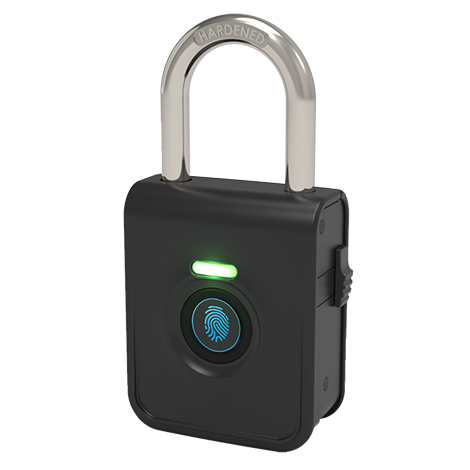
 English
English 繁體中文
繁體中文 简体中文
简体中文